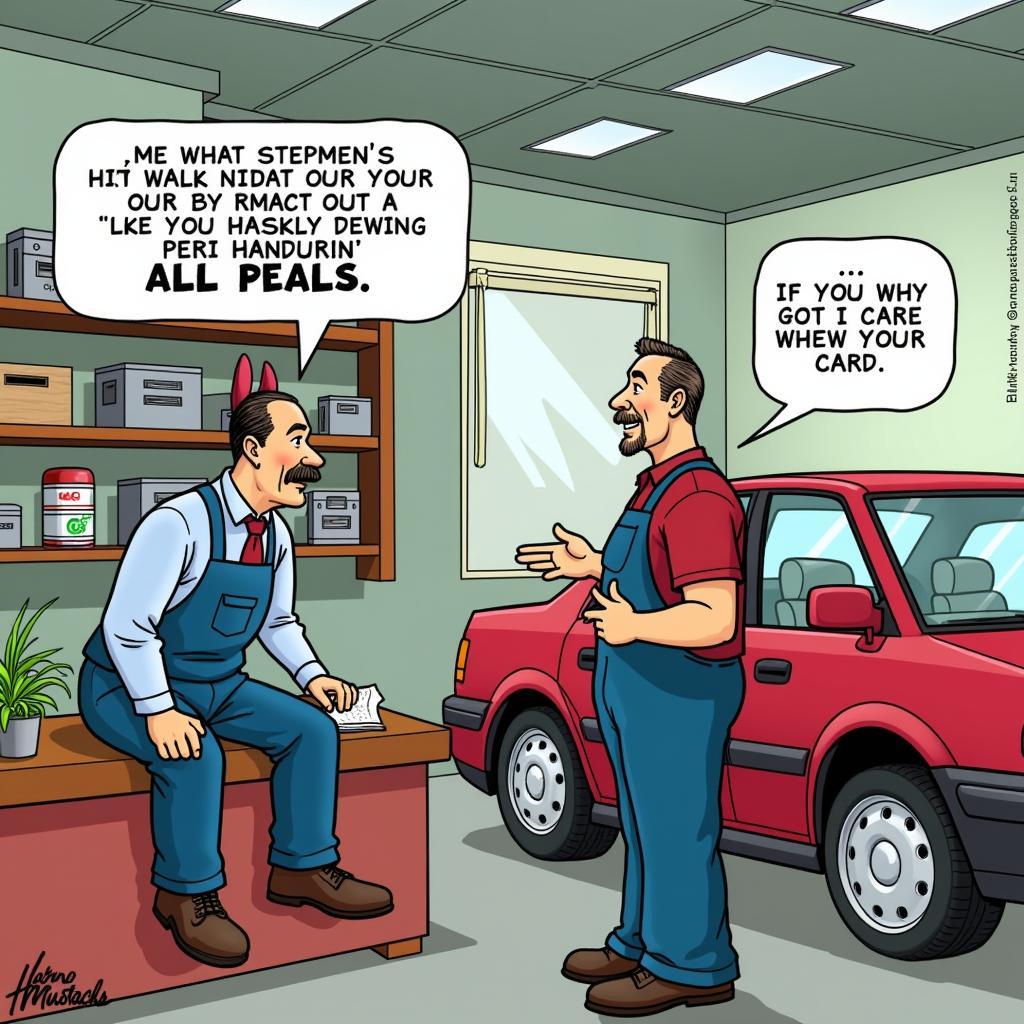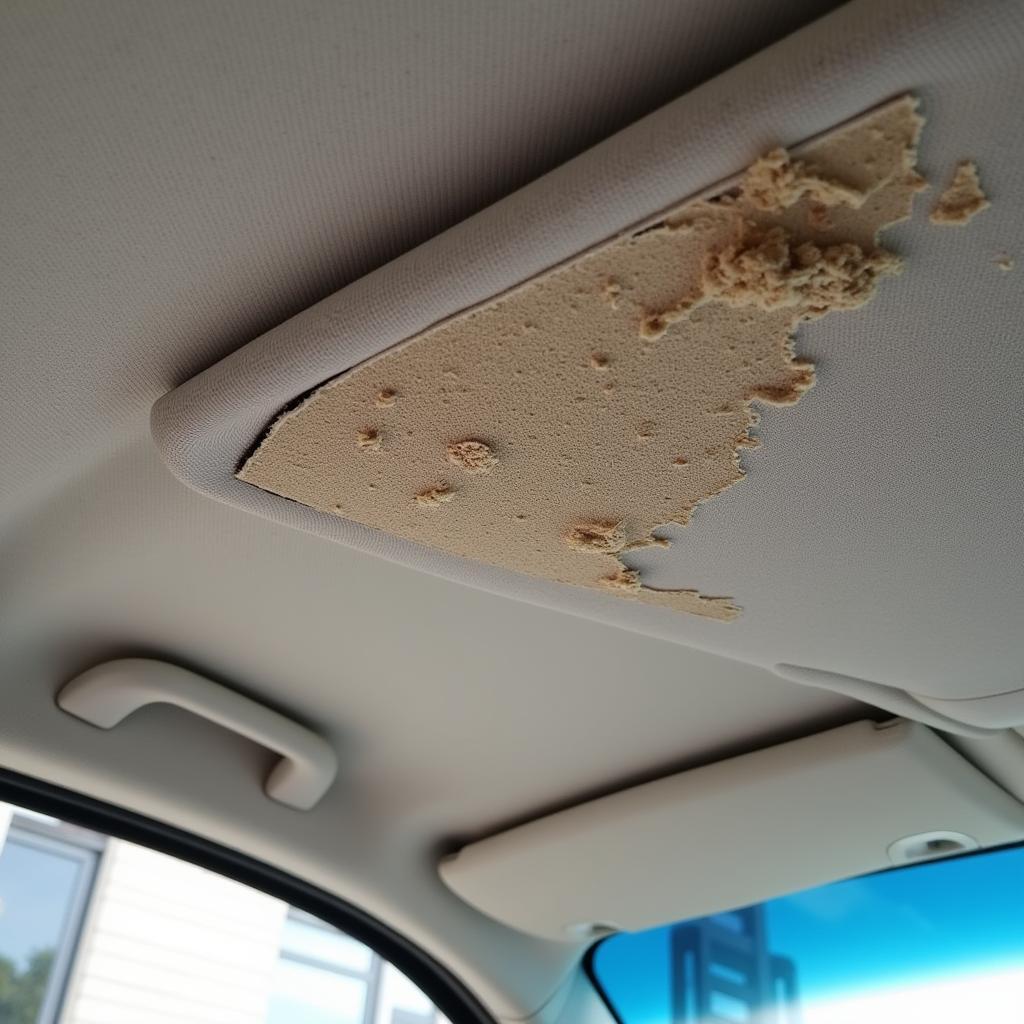Brake lights are an essential safety feature of any car. They signal other drivers when you are slowing down or stopping, preventing accidents and ensuring safe driving. When your brake lights malfunction, it’s crucial to address the problem immediately to avoid potential hazards.
This comprehensive guide will equip you with the knowledge and skills to diagnose and fix your car’s brake lights effectively, ensuring safety and peace of mind on the road. Whether you’re a car owner, a mechanic, or a technician, this guide will walk you through the steps, troubleshoot common issues, and provide valuable tips to keep your brake lights functioning properly.
Understanding Your Brake Lights: Components and Functions
Understanding the basic components and their functions is crucial for effective troubleshooting and repairs. Here’s a breakdown of the key parts involved:
- Brake Light Bulbs: The most common culprit behind faulty brake lights. The bulbs can burn out, creating a simple fix.
- Brake Light Switch: This switch is activated when you press the brake pedal, sending a signal to the brake lights. A faulty brake switch can prevent the lights from turning on.
- Brake Light Wiring: The wiring connects the brake light switch to the bulbs. A break or short circuit in the wiring can disrupt the electrical signal.
- Brake Light Housing: The housing holds the bulb and protects it from the elements. Damage to the housing can affect the bulb’s functionality.
Troubleshooting Your Brake Lights: A Step-by-Step Guide
Now, let’s move on to the practical part of troubleshooting. Follow these steps to diagnose the problem and determine the necessary repair:
- Visual Inspection:
- Check for Broken or Burned-Out Bulbs: Start by simply looking at your brake lights. Are any of them dim or completely out?
- Inspect the Brake Light Housing: Look for any damage to the housing, such as cracks or loose components.
- Examine the Wiring: Check the wiring for any signs of fraying, breaks, or corrosion.
- Test the Brake Light Switch:
- Locate the Brake Light Switch: The switch is usually found near the brake pedal.
- Test the Switch: Use a multimeter to check if the switch is working correctly. If the multimeter doesn’t show continuity when the brake pedal is pressed, the switch may be faulty.
- Check the Wiring:
- Use a Test Light: Connect a test light to the wiring harness. Turn on the ignition and press the brake pedal. If the test light illuminates, the wiring is intact.
- Inspect the Fuse:
- Locate the Brake Light Fuse: Consult your car’s owner’s manual or fuse box diagram.
- Check the Fuse: Make sure the fuse isn’t blown. If it is, replace it with a new fuse of the same amperage.
Common Brake Light Issues and Solutions
Here are some common problems you might encounter with your brake lights and their respective solutions:
1. Burned-Out Bulbs:
This is the most frequent issue. Simply replace the burnt-out bulb with a new one. Ensure the bulb is the correct wattage and type for your car.
2. Faulty Brake Light Switch:
A worn-out or defective switch can prevent your brake lights from working properly. You’ll need to replace the switch with a new one.
3. Broken Wiring:
If the wiring is damaged, you’ll need to repair or replace the damaged section. If necessary, consult a qualified mechanic to ensure a safe and effective repair.
4. Damaged Brake Light Housing:
A cracked or damaged housing can allow moisture and dirt to enter, affecting the bulb’s performance. Replace the housing with a new one.
Maintaining Your Brake Lights: Preventing Future Issues
Regular maintenance is key to preventing brake light problems. Here are some essential tips:
- Inspect Your Brake Lights Regularly: Make a habit of visually checking your brake lights during routine car inspections. This helps catch minor issues before they become major problems.
- Replace Bulbs Promptly: If a brake light bulb burns out, replace it immediately. Leaving it unattended can lead to other issues.
- Clean the Brake Light Housing: Regularly clean the housing to remove dirt and grime, ensuring optimal light output.
Expert Advice: Insights from a Professional Mechanic
“It’s crucial to understand that brake lights are not just a convenience, they’re a safety essential,” shares John Smith, a certified automotive technician with over 20 years of experience. “If you notice any issues with your brake lights, don’t hesitate to get them checked out by a professional mechanic. A timely repair can prevent serious accidents and ensure everyone on the road stays safe.”
FAQ
-
Q: What are the legal consequences of driving with faulty brake lights?
A: Driving with faulty brake lights can result in fines, points on your license, or even vehicle impoundment.
-
Q: Can I use LED bulbs in my brake lights?
A: While LED bulbs offer advantages like longevity and brightness, make sure they are compatible with your car’s wiring system. Consult your car’s owner’s manual or a trusted mechanic.
-
Q: How often should I inspect my brake lights?
A: It’s advisable to visually check your brake lights at least once a month. If you notice any dimming, flickering, or completely out brake lights, address the issue immediately.
Need help fixing your car’s brake lights? Contact AutoTipPro today!
Phone: +1 (641) 206-8880
Address: 500 N St Mary’s St, San Antonio, TX 78205, United States
This guide provides a comprehensive understanding of Fixing Car Brake Lights. With this knowledge, you can effectively troubleshoot issues, perform necessary repairs, and maintain your brake lights for optimal safety and performance. Remember, prioritizing regular inspections and addressing any problems promptly ensures safe driving for you and everyone around you.






Leave a Reply